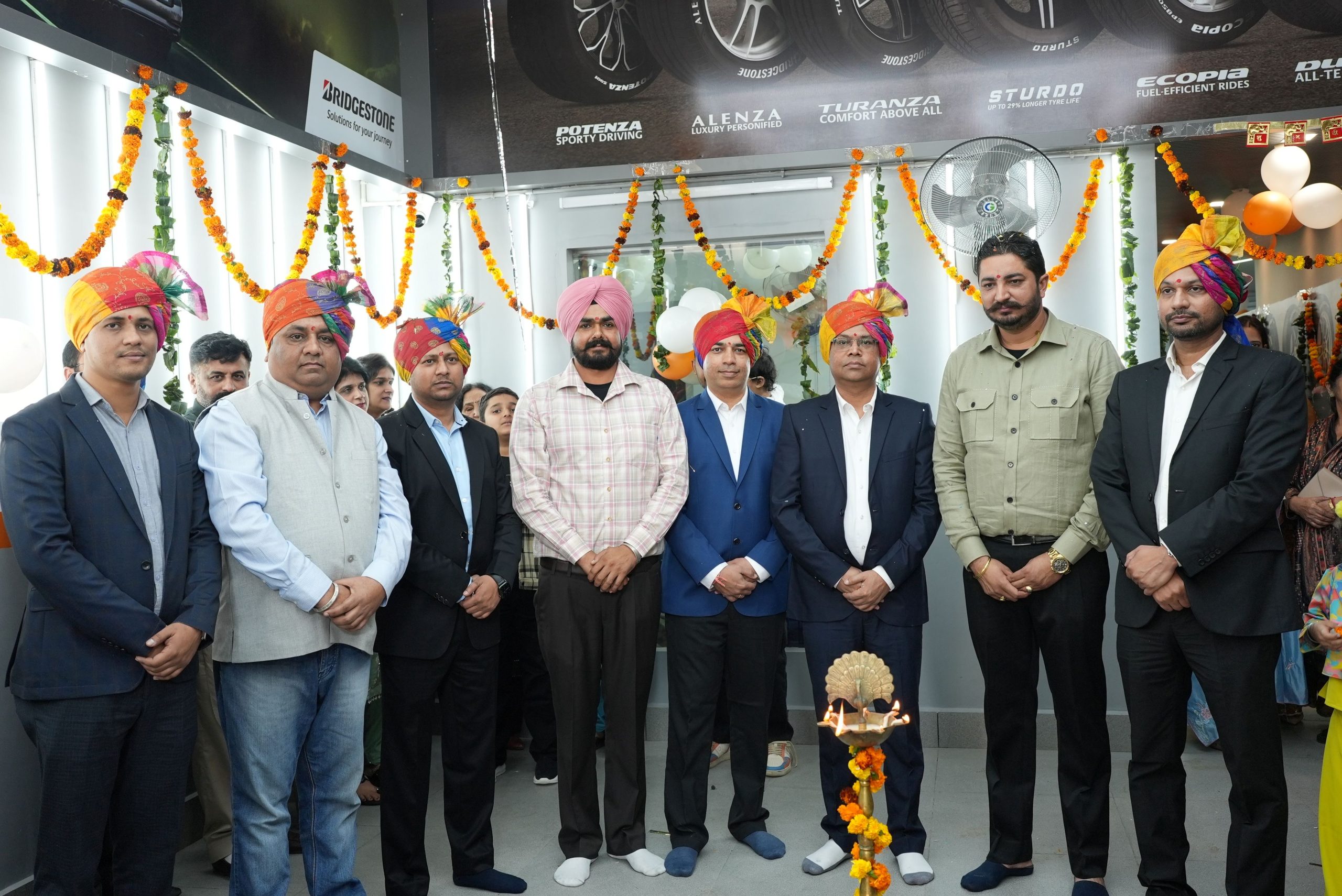The biennial edition of Indian Auto Expo is around the corner. At the premier auto event, vehicle manufacturers and component makers will showcase their latest offering not only to the Indian market but for the global market. Set to witness 80 launches, many of which would be world premieres, the show is expected to be big and better than the earlier edition. It is expected to attract around 7 lakh visitors and would focus on electric and hybrid vehicles. Alternate fuel vehicles will mark the future but ambiguity rises and tosses between electric and hybrid vehicles. It effectively comes at a time when the drive to curb vehicular emissions and cut down pollution smoke and exhaust everywhere. The solution is still oblivious but the same will be obvious in the show I believe. On the other hand, Component Expo will be hosting around 1500 companies including 600 from overseas players.
The auto industry is on the same page as far as the need to curb pollution is concerned. It is also looking at an environment where sustainability and growth will co-exist. The Apex court recently ordered a temporary ban on registration of diesel passenger vehicles with engine capacity of over 2000cc in the National Capital Region. The ban will be in place till March 2016. Consensus should be arrived at as the ban does not stage any significant reduction in pollution hitherto. There are flip sides which need to be looked into. And to make it biggest and successful in terms of curbing pollution, a well orchestrated approach should be worked out.
In order to move towards greener and cleaner vehicles, there is also the need to drive economic reforms. GST is yet to see its rise. Budget is less than a month away. Recession seems to be tightening its grip again and the manufacturing sector data is not very assuring and promising. The time is right to revisit the taxation policy pertaining to the automotive industry, which accounts for 77% of the cost. SIAM has asked the government to merge multiple taxes into a single excise duty. The industry is expecting that the Road Tax must be subsumed in GST in order to prevent state governments from “tweaking it to increase revenue as is being done today”.
If these goals, albeit bigger in nature given the amount of resistance, it may start encountering the reality. The need is to take hard decisions maneuvering the interest towards the revival of growth of the manufacturing sector. To achieve ‘Make in India’ in a true sense, the above list should be given utmost priority. The current issue focuses on the Western region. It is a region that has been strong in manufacturing technologies; houses a good deal of automotive manufacturers and suppliers. The issue is packed with lot of stories from component makers and OEMs. We have tried to give you the best by lettering lot of interesting stories like our other issues.
Wishing you much pleasure reading.
Bhargav TS
Executive Editor
s.bhargav@nextgenpublishing.net






Leave a Reply